In a remarkable discovery amidst the construction of what was then considered one of the world’s most opulent casino-resorts, an excavation at the Garapan site in the former Samoan housing area of a Pre-Contact Period Chamorro village has unveiled a trove of insights into the lifestyle of ancient inhabitants.
Situated within the expansive 43,000-square-meter area designated for Imperial Pacific’s integrated resort, the excavation unearthed scores of burials dating back approximately 800 years. For local scholars John Castro and Vanessa Cabrera, this find marked a significant milestone in their burgeoning archaeological careers, offering not only the remains of their forebears but also a diverse array of artifacts, including a rare and sizable ceramic bowl.
Overseen by a team of archaeologists and osteologists from Scientific Consultant Services Inc., commissioned by Imperial Pacific, the extensive excavation, conducted from April to June 2015, led by Michael Dega, yielded remarkable finds. Among the discoveries, a particularly notable artifact was a large ceramic bowl, meticulously excavated by University of Guam student Vanessa Cabrera. The bowl, measuring an impressive three feet in diameter, represents one of the largest intact artifacts of its kind found in the Northern Marianas.
Dr. Michael Dega, the lead archaeologist, described the bowl as a “pretty rare find” and estimated its age to be between 500 to 600 years old, dating back to a period preceding the arrival of European explorers in the Marianas. The significance of the bowl, which contained the remains of a child and an adult female nearby, remains a subject of scholarly intrigue, with theories ranging from clan-based rituals to unique burial practices.
Despite the absence of conclusive evidence regarding the migration patterns of ancient Chamorros, ongoing research is shedding light on their way of life. Analysis of DNA samples suggests probable affiliations with island Southeast Asia, hinting at complex migration patterns and cultural exchanges throughout the Pacific region.
Contrary to earlier assumptions of constant conflict, the absence of warfare-related artifacts at the burial site challenges prevailing narratives of Chamorro society. Instead, evidence points to a community thriving in relative peace, with burial practices indicating clan-based affiliations and a healthy population.
The excavation also revealed insights into the daily lives and dietary habits of ancient Chamorros. Analysis of artifacts such as pottery and food remains indicates a diet rich in marine and terrestrial resources, including shellfish, fish, birds, turtles, and mammals, supplemented by staples like breadfruit, rice, taro, coconut, and yam.
Additionally, evidence of betel nut chewing and dental modifications provides further glimpses into cultural practices and social dynamics among ancient Chamorros.
While the excavation has sparked controversy regarding the treatment of ancestral remains, efforts have been made to involve the local community in decision-making processes. Best Sunshine, the project developer, has committed to respecting indigenous rituals and consulting with relevant authorities, underscoring the importance of preserving cultural heritage while pursuing economic development.
The excavation represents a significant step towards unraveling the mysteries of Chamorro history and heritage. As further analysis and studies are conducted, the story of these ancient islanders continues to unfold, offering new perspectives on the complexities of Pacific Islander cultures and their enduring legacy.



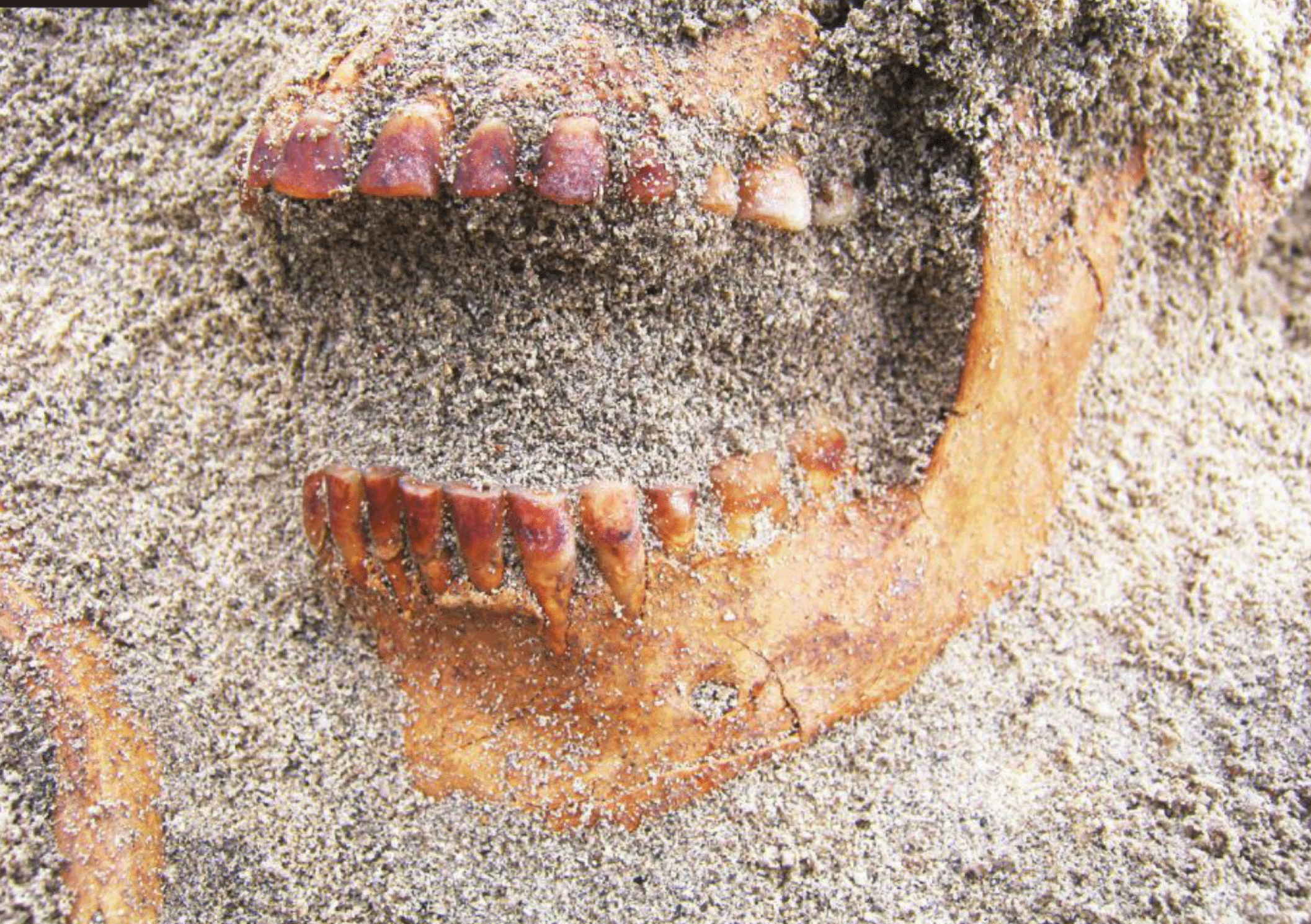
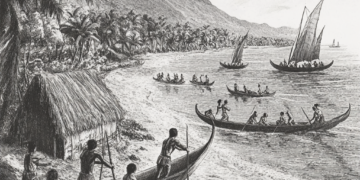
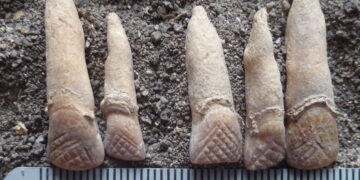

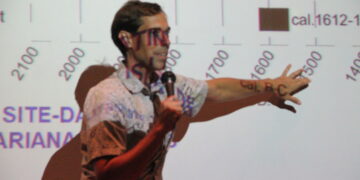
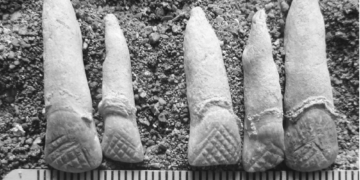
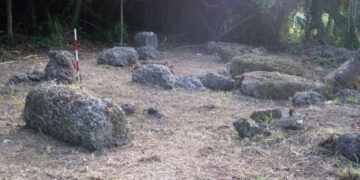



Discussion about this post